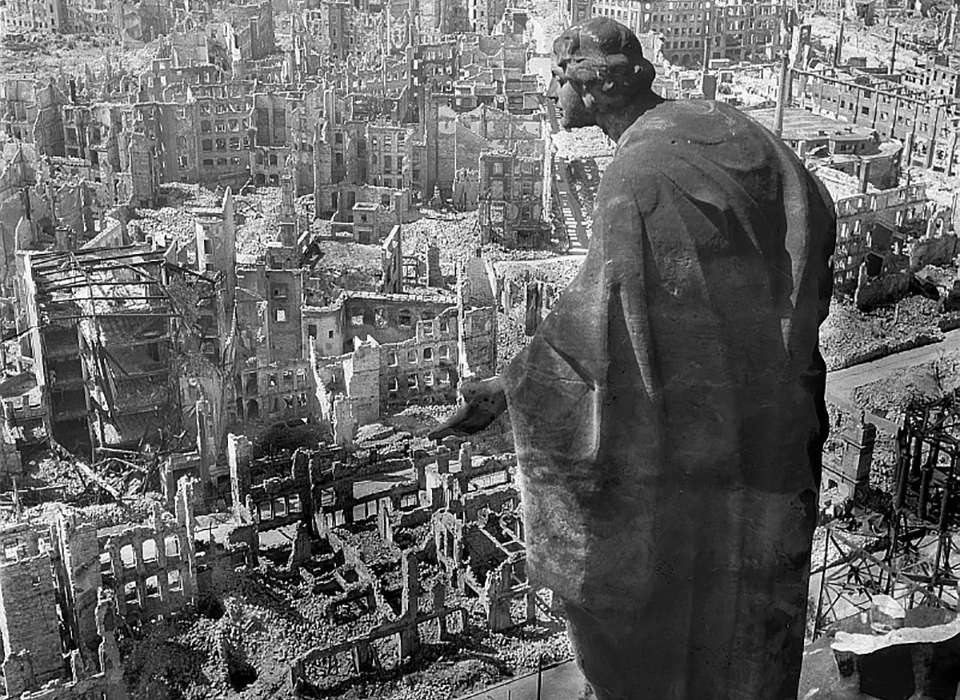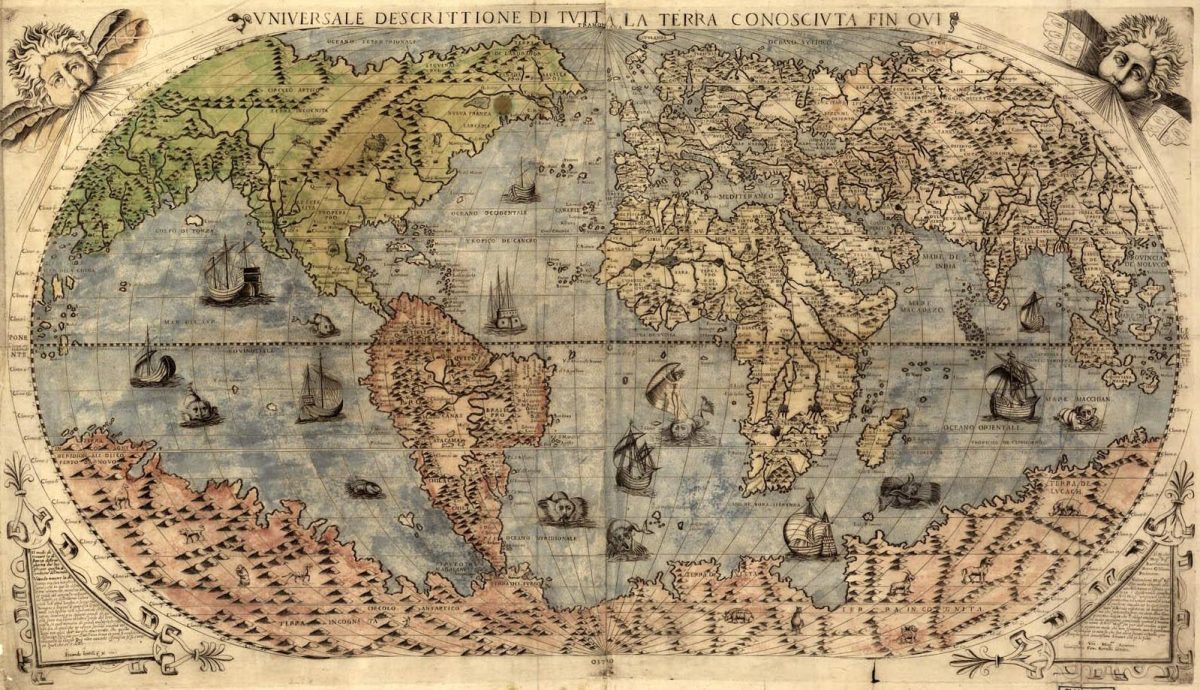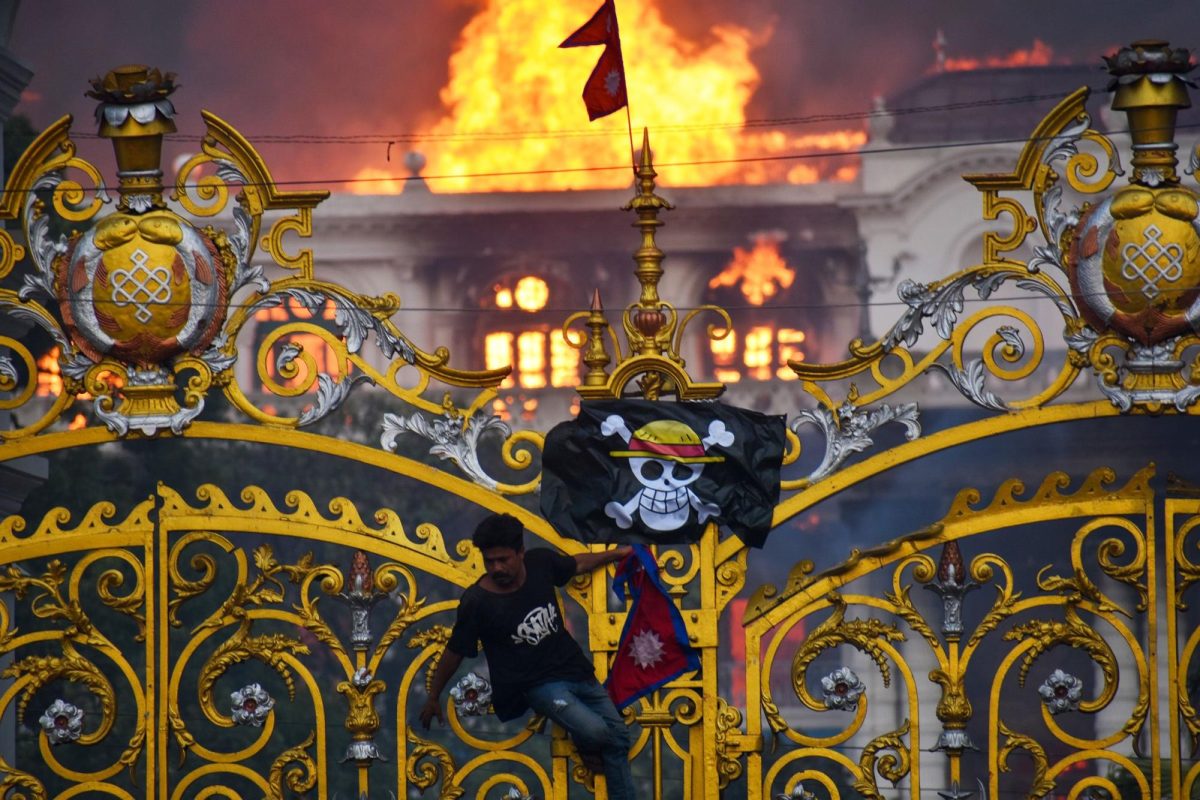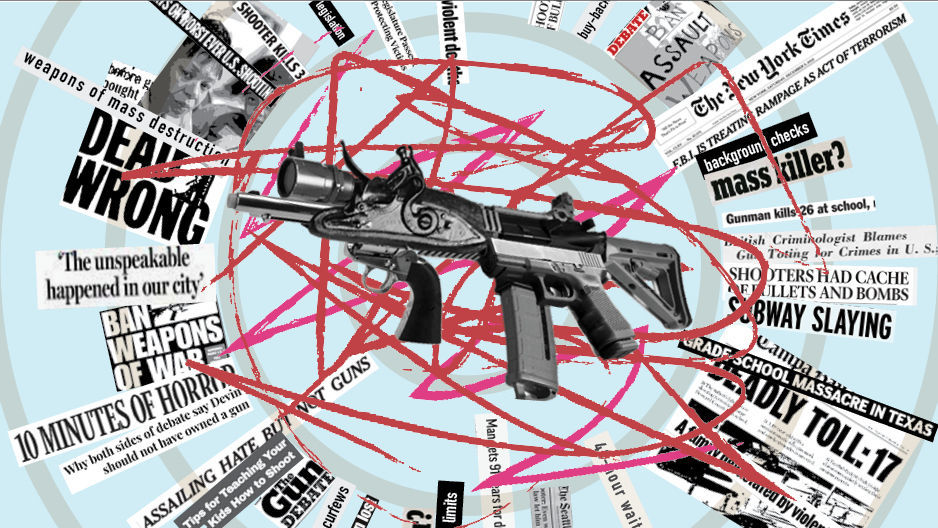February 13th, 1945.
A swarm of British Lancaster bombers from Royal Air Force Bomber Command flew during the night, their target being the German city of Dresden. When over the city, they released their payloads, dropping a series of high-explosive and incendiary bombs. The summer heat caused the explosions to swell into a firestorm, engulfing most of the city. The following two days of February 14th & 15th saw the British and Americans (RAF at night and USAAF during the day) conduct raids on Dresden, leaving the city in ruins.
Ever since, Dresden has remained a point of contention. An example of the immorality of conflict. However, as an argument, it’s boiled down to the cultural significance of Dresden, the mercilessness of the bombings, and the death toll afterward.
The argument is flawed; this is due, largely, to bias and politicization. The Bombing of Dresden remains an example of the conflicting nature of history. There will always be someone who wants to benefit from the past, whether it be to push an agenda, for monetary reasons, or to vindicate themselves, and it is something that I feel is necessary to talk about, especially in an era where it seems you can’t trust anything.
As far as the conflicting nature of Dresden, the main ones responsible for this are: Joseph Goebbels, the East German government, David Irving, Apologists, and, to some extent, Kurt Vonnegut.
After the bombing, the Nazi Propaganda Minister, Joseph Goebbels, inflated the death toll to show the barbarism of the Allies. He also emphasized that Dresden was a purely civilian city. After the war, when Germany was divided into East and West, the GDR (East Germany) elevated the status of Dresden to condemn the West and give the East more of a moral high ground. David Irving, a disgraced historian who made up his sources and was a known Holocaust denier, used the inflated numbers in his books; even Kurt Vonnegut, the author of Slaughterhouse 5, used inflated numbers in his book and made it seem like the attack was unjustified. And to this day, some people use the inflated numbers to show Allied cruelty and downplay the acts of the Nazis.
They all cling to a fake death toll and the claim that the city was inherently “civilian”, but here’s the truth: when they claim that hundreds of thousands of people died, an official study from the city of Dresden calculated about 25,000 deaths. And when they say it was “entirely civilian”, that’s also untrue. By 1945, Dresden had become a major hub in the German rail network, with extensive rail infrastructure used for logistics by the German military.
So, 25,000 people are a lot, yes; however, in the context of the broader war, it makes Dresden’s status as a beacon of cruelty kind of invalid. For example, Operation Meetinghouse, the March 9-10, 1945 bombing of Tokyo by the USAAF, killed approximately 100,000 people, yet more people know about Dresden than Tokyo. Why is this? Because there wasn’t much to gain, for Dresden, there was.
It is because of these flawed people and groups that there are so many misconceptions about Dresden, but it is an example of something that we don’t really take into consideration: how people prioritize what people say over the people who say it. Sourcing is a large part of any historical research, and the wrong sources mean the wrong messages.
In a sea of misinformation and distrust, do not lend these faulty sources your ears and your time. A mark of a good researcher is understanding the circumstances along with the message, so for all who wish to learn, ensure you’re learning the truth.





















